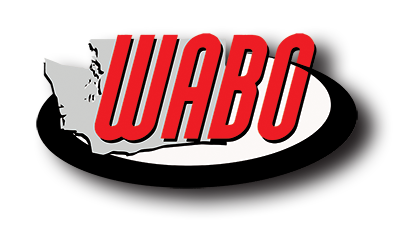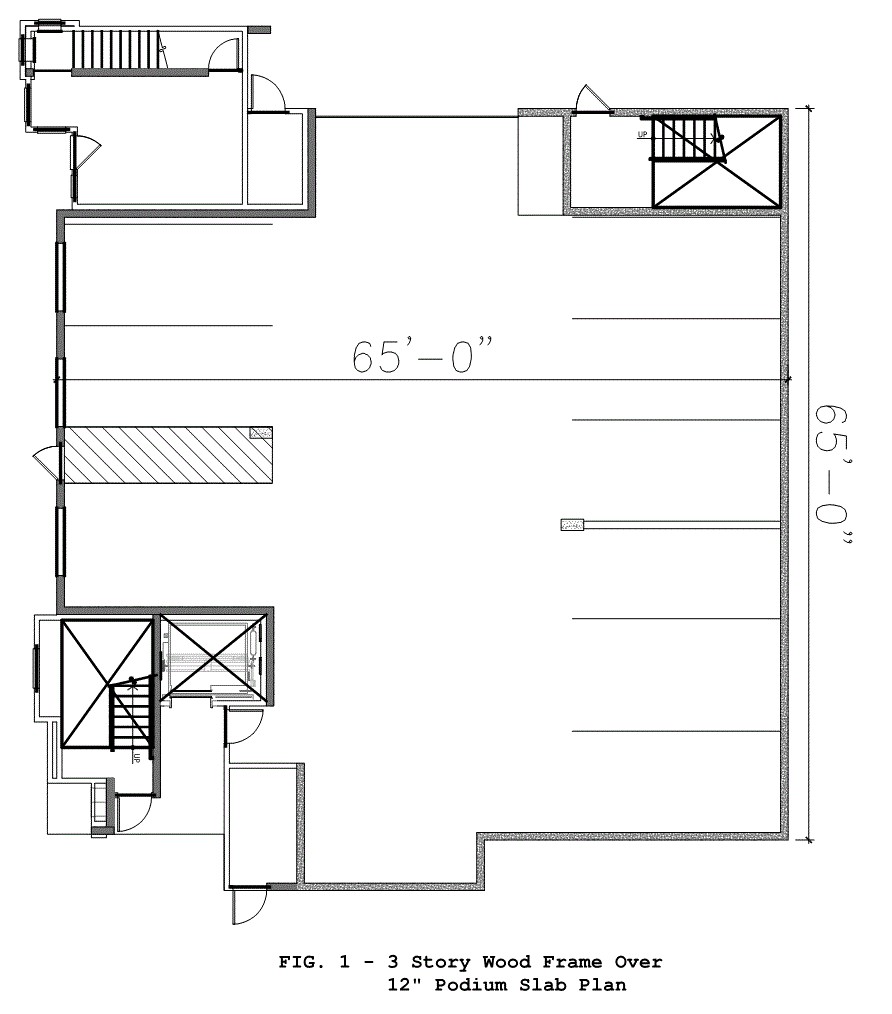|
Structural Plan Review Philosophy By the WABO-SEAW Liaison Committee The WABO- SEAW Liaison Committee has been discussing “Structural Plan Review Philosophy” in light of a potential update to White Paper 1 – 2006 on the subject. The inspiration for the update is with regards to the back and forth that sometimes happens between the design engineer and the reviewer and the question of when it is appropriate for the reviewer to defer to the engineer’s judgement on a particular issue. The committee decided to produce the following article to illustrate the issues as we see them and to open the discussion with the community for comments or questions prior to addressing an update to the White Paper. We welcome your comments or questions. Engineering judgment can be defined as “The evaluation of available pertinent information, and the application of appropriate principles, provisions for the purpose of deciding upon the applicability, design, operation, or installation of structures and buildings. Engineering judgment shall be exercised by an engineer, or by an individual working under the supervision of an engineer, through the application of procedures and criteria established by the engineer. Documentation of engineering judgment is not required.” Pretty clear definition, right? Well maybe not so clear when it comes to deciding if calculations are necessary to justify that a design complies with the building code. What does the term “engineering judgement” mean to you? The following is an example of a building code plan review correction with 3 potential responses by the structural engineer. The purpose of this article is to highlight that there may be times when it is necessary for the engineer to prove that the design complies with the code through calculations or there may be less time-intensive responses that achieve the same results. After reviewing the following real-life case, ask yourself what you would have done.
CONTAINED IN ORIGINAL CALCULATIONS The concrete frame for this structure is a box type with nearly complete perimeter walls. (See Fig. 1.) Therefore, a two-stage analysis is appropriate and torsion will be minimal. The lateral analysis was conservative with the base elevation assumed at the parking level. A simplified analysis was used and shows that the average shear stress is less than ½* √f”c. All code minimum reinforcing has been met and boundary elements are not required.
PLAN REVIEW CORRECTION COMMENT “The structural calculations are unclear as to whether accidental eccentricity has been included in the design of the concrete base structure. The magnitude of the eccentricity should be specified. In addition, the lateral analysis does not clearly indicate if torsional affects have been evaluated and whether additional amplification of the accidental eccentricity is required. Supplemental documentation substantiating the design should be provided. See IBC Section1613.1 and ASCE 7-10 Sections 12.8.4.2 and 12.8.4.3.”
RATIONAL ANSWER The code references noted in the reviewer’s response (IBC 1613.1 and ASCE 7-10 12.8.4.2 and 12.8.4.3) were taken into account in the design. The structure is a squat building with low stresses in the lateral elements. Given our experience with this type of building, using the more detailed analytical approach, the additional torsion requirements outlined in table ASCE 7-10 table 12.3-1 would not result in design changes nor warrant additional analysis. A project with similar design configurations was analyzed in detail complying with ASCE 7-10 and found no modifications were needed to the lateral force-resisting system. Commentary: The engineer has demonstrated that he/she understands and has considered the code requirements for this structure and in a short form calculation has shown how this conclusion was reached. Here is where some deference to the engineer should be made as they have shown by means of a similar project that additional analysis is not necessary. If he/she has a significant record of designing this type of structure successfully, his/her judgment should be respected, unless, there is a sincere concern by the reviewer that the structure is unsafe.
DETAILED ANSWER This concrete building is a small squat structure. As demonstrated in the calculations, the shear stresses in the walls are very low. Since the shear stresses are ¼ of the nominal shear capacity of the shear walls and diaphragm to shear wall connections, accidental torsion adjustments will be small as shown below.
Accidental eccentricity is 0.05 x 76.7 ft x 238.3 k = 913.9 ft-k Using minimum building width of 65 ft. and dividing torsion into 4 equal parts. Shear due to torsion would be: VT = 913.9/(4 x 65/2) = 7.02 k Increase over base shear; 7.02/(238.3/2) x 100 = 5.9% Diaphragm shear Capacity: #5 @ 12” (min. dowels from wall), f’c = 5,000 psi Vc = 2 * √f’c Vs= Avs*fy*d; d = 0.8*12” = 9.6” (code minimum) ФVn = Ф*(Vc + Vs) = 0.75*(20.37+14.88) = 26.43 kips The equivalent wall shear stress = 26.43/8/12*1000 = 275 psi This is equal to 4.35*√f’c. This value will double at an interior wall (double shear) Also, this is for a reinforced concrete slab, a post tensioned slab would probably have higher strength values. Even at the worst case for “Torsional Amplification” (extremely irregular structure) the wall shear stresses would be well within their shear capacity and the diaphragm to shear wall connections adequate. The current design is compliant with the code references noted above, as well as those sections triggered by torsional irregularity per ASCE 7 Table 12.2.1. Therefore, further analysis is not warranted. Commentary: Here additional calculations have been provided to illustrate the engineer’s understanding and code compliance. Though crude, they demonstrate that his/her initial logic is sound and that the structure is compliant. Again, with some deference to the engineer’s experience, this should be deemed a sufficient response.
POOR ANSWER In my 30 years experience designing podium structures, further analysis is not required. Commentary: On this basis alone, this is not an acceptable response.
DISCUSSION The code is complex, especially in the lateral force design requirements. It is desired that this process be a team effort to produce a safe and code compliant structure, rather than an adversarial one between the building official and engineer. Engineer of Record’s Perspective The engineer of record (EOR) has invested a great deal of resources into a structural design by the time it is submitted to the authority having jurisdiction (AHJ) for permit. They may have designed similar structural system configurations and are familiar with the intended building’s performance and applicable code requirements. The EOR is ultimately liable for the design and takes full responsibility. Engineers are typically appreciative of any comments that assist in making sure that the design complies with the applicable code requirements. However, it may come across as offensive to have their engineering judgement questioned by a jurisdiction for code compliance. Correction comments that do not add value to the design use unnecessary resources to resolve which may not be reimbursed by the owner or result in increased project costs and delays. It is desired to resolve correction comments with minimal resources as quickly as possible. Jurisdiction’s Perspective The AHJ is responsible for enforcing compliance with the building code. Plan review comments are intended to point out significant code compliance issues. In exercising their regulatory authority, building officials, plans examiners, and building inspectors tend to lean toward being conservative. However, being too cautious and requesting detailed technical justification will add cost and may delay a project, or in some cases make the project infeasible. Many jurisdictions have interacted with licensed professionals whose designs do not meet code, even when the EOR may have the best of intentions. Codes change frequently, and even though an engineer has done something for many years, their approach may no longer be code compliant. It may therefore be difficult for an AHJ to accept only the EOR’s word that a design complies without technical justification. Jurisdictions recognize that EOR’s have the ability to make engineering judgments as part of their professional practice. There are times, however, when additional clarity is needed, and it is appropriate for the AHJ to ask for additional supporting information. It is important that reviewers have good cause to require additional calculations for technical justification and use engineering judgement when conducting a review.
|

